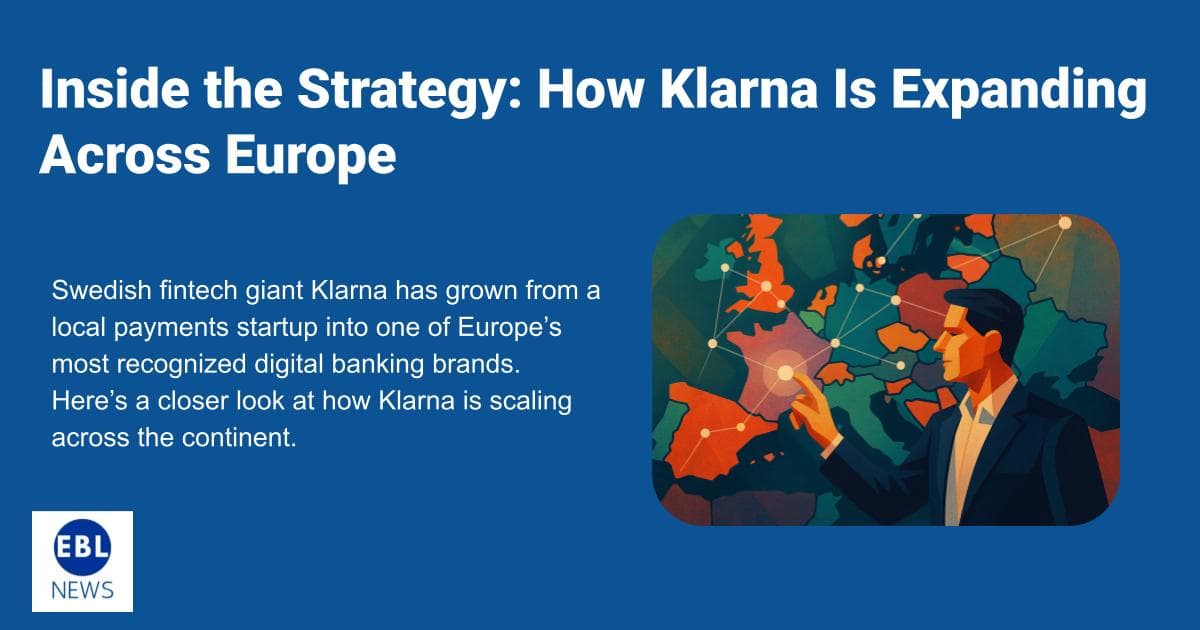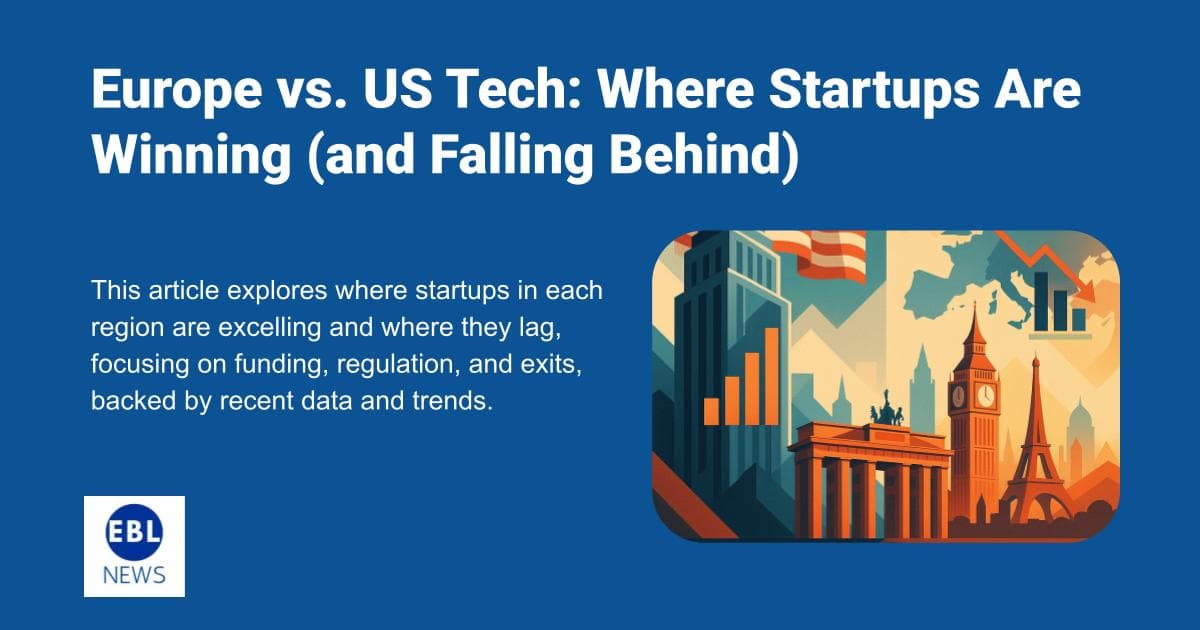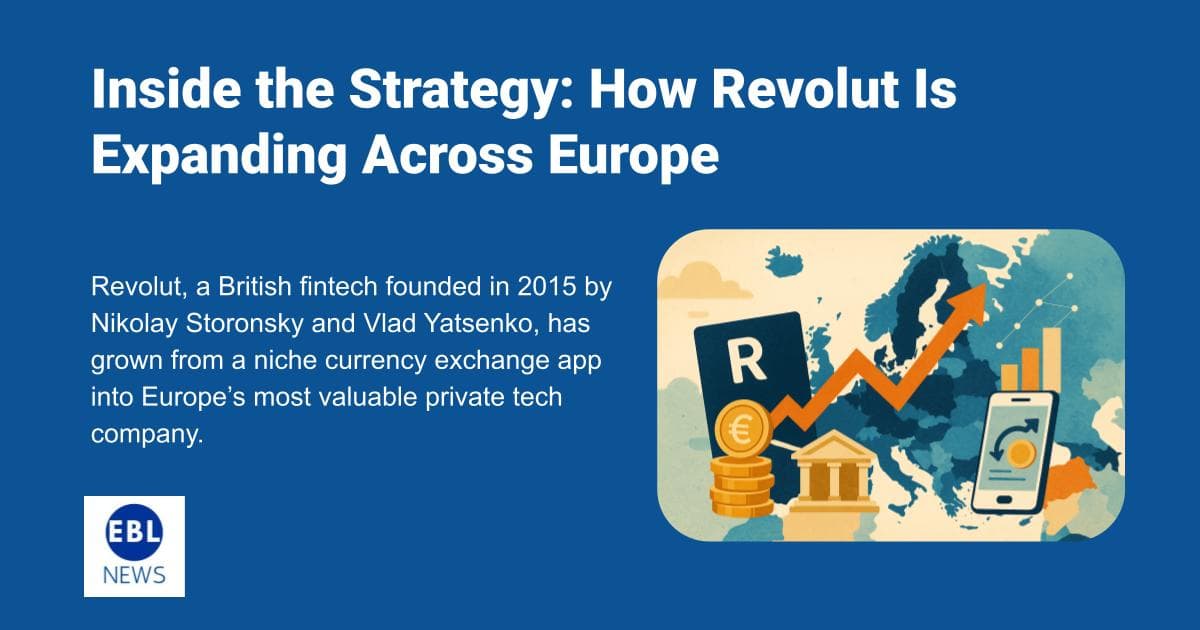Swedish fintech giant Klarna has grown from a local payments startup into one of Europe’s most recognized digital banking brands. Best known for its “buy now, pay later” (BNPL) model, Klarna is now operating in over 20 European markets, with a strategy that blends product localization, strategic partnerships, and agile organizational design.
Here’s a closer look at how Klarna is scaling across the continent—one country, one regulation, and one customer habit at a time.
Klarna at a Glance
- Founded: 2005 in Stockholm, Sweden, by Sebastian Siemiatkowski, Niklas Adalberth, and Victor Jacobsson .Financial Times
- Valuation (2024): Klarna's valuation experienced significant fluctuations, peaking at $46 billion in 2021 and dropping to $6.7 billion in 2022. Recent reports suggest a rebound, with valuations estimated between $14.6 billion and $15 billion in 2024 .Tech Funding News
- Active Markets: Klarna operates in 45 markets globally, including over 20 in Europe .Embryo
- Core Offerings: Klarna provides Buy Now, Pay Later (BNPL) services, the Klarna Card, a shopping app, loyalty rewards, and a browser extension .
- Strategic Pivot: In response to market conditions and a focus on profitability, Klarna has shifted from aggressive expansion to emphasizing sustainable growth, unit economics, and local-market resilience
After a high-growth period fueled by cheap capital, Klarna has recently pivoted toward sustainable expansion, emphasizing unit economics and local-market resilience.
The European Playbook
Klarna’s European strategy starts with clear market segmentation. Its strongest footholds are in Sweden, Germany, the UK, and the Netherlands, where it built early partnerships with e-commerce giants like H&M, Zalando, and ASOS.
From there, it’s targeting high-potential growth markets including France, Spain, Italy, and Poland. Each market launch is orchestrated through a repeatable but flexible framework:
- Enter with a flagship retail partner.
- Offer a localized version of its core BNPL service.
- Expand into new product lines (like the Klarna Card or loyalty tools).
- Layer in native-language support and region-specific UX.
Go-to-Market: Local by Default
Klarna doesn’t treat Europe as a monolith. Instead, its GTM strategy is tailored to the financial norms and consumer expectations of each country:
- Germany: Heavy on invoice payments and privacy. Klarna promotes "Pay Later" with high transparency.
- Netherlands: Integration with iDEAL, a widely used local payment system.
- Spain & Italy: Focused on app-first engagement and influencer-driven awareness campaigns.
Klarna also invests in regulatory alignment early. It holds a Swedish banking license and registers with national financial authorities before launch, making compliance a key pillar of its expansion.
Agile Org Design: Klarna’s “Pod” Model
Internally, Klarna organizes itself into decentralized “Pods”—cross-functional teams responsible for specific product areas or markets. This allows for:
- Fast iteration and local testing
- Scalable expansion without central bottlenecks
- Real-time feedback loops with regional teams
These Pods include everything from product and engineering to legal and customer support, ensuring Klarna’s local offices can operate with near-startup agility inside a large company.
Product and UX Localization
Klarna’s app looks and feels familiar across countries, but under the hood, it’s tailored:
- Languages and currencies adjust automatically.
- Payment methods shift to match local norms (e.g., Sofort in Germany, direct debit in France).
- Checkout flows are optimized for cultural differences in how people shop and pay.
The result: Klarna’s European customers feel like they’re using a homegrown solution, not a one-size-fits-all global product.
Expansion Milestones (2022–2024)
- France: Launched in 2023; 500+ retail partners within six months.
- Poland: Live in Q4 2023; Klarna Card rolled out shortly after.
- Madrid & Milan Tech Hubs: Opened to support Southern European operations.
- Klarna Card: Now available in 10+ European markets, blending online/offline usage.
Competitive Landscape
Klarna isn’t expanding in a vacuum. Its European competitors include:
- PayPal and Apple Pay Later
- Local BNPL providers like Scalapay (Italy) and Alma (France)
- Traditional banks launching embedded finance features
Moreover, EU regulators are tightening oversight of BNPL services, especially around transparency, fees, and creditworthiness checks. Klarna’s strong compliance foundation positions it well—but it will need to keep adapting.
The Road Ahead
With its focus on product localization, agile market entry, and strategic partnerships, Klarna has built a durable playbook for European growth. But with profitability now a top priority, its ability to scale efficiently while complying with evolving regulations will define the next phase of its journey.
Bottom Line: Klarna isn’t just exporting a Swedish fintech product across Europe—it’s building a local solution for every market it enters.





